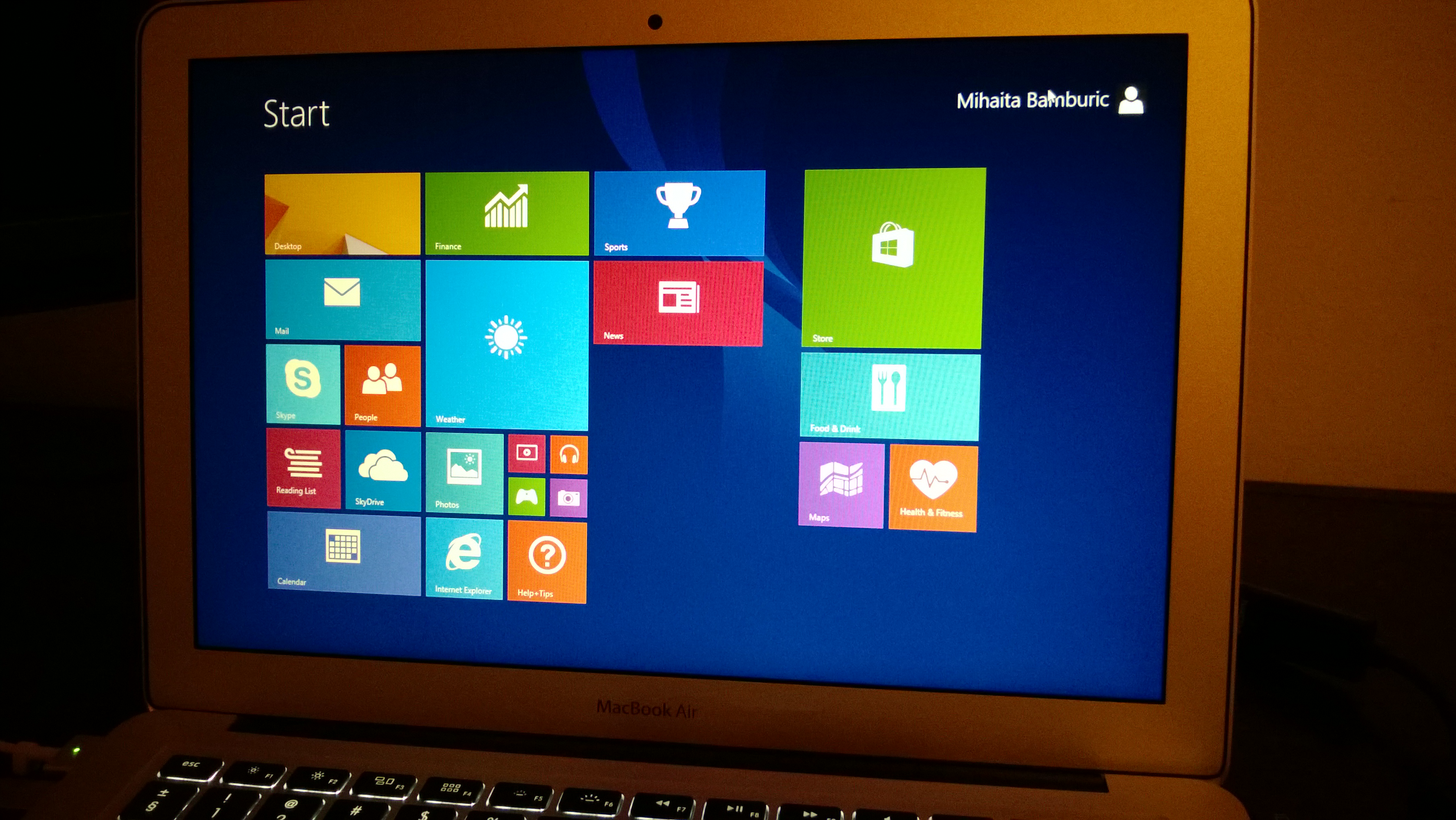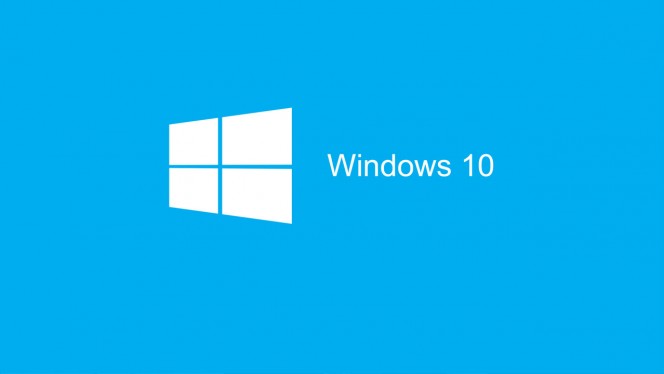Macbooks or iMacs hardly require reinstallation of their Mac OS, but when they do then it's a fairly difficult process especially if your secondary computer is Windows. Reinstalling Mac OS is a time-consuming process and requires a lot of patience that's why recommend doing this process in your free time or weekends. Ace file extractor mac.
- Boot Windows 8 From Usb
- Boot From Usb Drive Mac
- Os X Boot From Usb
- Boot From Usb Mac Os X
- Ubuntu Boot From Usb
To get started with you require a USB drive with at least 8GB storage (16GB recommended). Then you need a working Mac OS ISO or DMG Installation Image. You can download it from the Apps Store or you can find Mac OS Image at ISORIVER.
Hello everyone, I have an old white iMac running Mac OS X 10.6.8 Snow Leopard. I want to boot a new clean os off my USB. Money pro 2 0 13 download free. I already have the 'Install OS X Mavericks' file on it. Here's the thing; It used to be owned by my school, so I only have access to a limited number of apps, so I cannot open the file straight from finder.
Bootable USB thumb drive formatted with a GUID partition type and containing an OS X installer or a usable operating system. Let's see how to boot a Mac from a bootable USB drive and what to do if your Mac doesn't start up from it. Way 1: Boot Mac from USB Drive using Startup Manager. First, connect the USB drive containing the operating system you want to boot to your computer. Press Windows Key + R, type diskmgmt.msc into the Run dialog, and press Enter to open the Disk Management window. Look for the USB drive in the Disk Management window and note its disk number. For example, here the USB drive is Disk 1. With that version of Mac OS X, and all versions since, it's been possible to use the Terminal command createinstallmedia to create a bootable installer of the macOS, in this article we'll show you. How To Make OSX Lion Bootable USB Flash Drive. Step 1: Download OS X Lion from the Mac App Store. Step 2: Once downloaded, go to the Applications folder and find the copy of Lion you just downloaded. Step 3: Right click on the downloaded file and select 'Show Package Contents'.
There are 2 Methods to Create a Bootable USB drive of Mac OS on your Windows PC.

Method 1: Using TransMac
- Download TransMac's latest version for Windows from this link.
- Connect your USB drive
- Right Click on your USB drive option in TransMac and select Format Disk for Mac
- After that, right-click the USB Drive and select Restore with Disk Image
- Point to your Mac OS .dmg or .iso file by clicking the add button.
- After that TransMac will create bootable Mac OS USB within few minutes.
- Then you can insert it into your Mac, hold down the option key while turn on and boot your system with this USB.
Method 2: Using PowerISO
Another disk image utility that you can use is PowerISO. It can be used for burning both ISO files and DMG files to USB to create a bootable drive. Follow the steps below to Create a Bootable Mac OS USB on Windows PC.

Method 1: Using TransMac
- Download TransMac's latest version for Windows from this link.
- Connect your USB drive
- Right Click on your USB drive option in TransMac and select Format Disk for Mac
- After that, right-click the USB Drive and select Restore with Disk Image
- Point to your Mac OS .dmg or .iso file by clicking the add button.
- After that TransMac will create bootable Mac OS USB within few minutes.
- Then you can insert it into your Mac, hold down the option key while turn on and boot your system with this USB.
Method 2: Using PowerISO
Another disk image utility that you can use is PowerISO. It can be used for burning both ISO files and DMG files to USB to create a bootable drive. Follow the steps below to Create a Bootable Mac OS USB on Windows PC.
Step 1: Firstly Download PowerISO and install it in your Windows PC. Launch the app and insert a USB drive into your computer. Goodnotes 5 promo code.
Step 2: Import the DMG / ISO file directly by clicking on ‘Burn' in the toolbar.
Boot Windows 8 From Usb
Step 3: In the Burn window, select the DMG / ISO file from the Source File section.
Step 4: You can modify the settings to adjust burn speed. The default will be set to the maximum, so you can reduce that.
Boot From Usb Drive Mac
Step 5: You can choose to finalize the disk and verify it. Any errors in the bootable USB will show up at that point.
Step 6: Now click on 'Burn' and wait for the progress bar to reach 100%.
After the successful creation of Bootable Mac OS USB, boot your Macbook from this USB drive by clicking the option Foxit pdf editor pro apk. button during bootup and select this USB drive.
Watch this Video TutorialThat's it for the tutorial If you face any issues or had any query then please let us know in the comment section below. You can also send us an email via the contact us page for personalized support.
Os X Boot From Usb
Although Macs are reliable machines, they are not exempt from hiccups. All you need to do is carry around a single USB flash drive to be ready for situations the require you to diagnose, repair, or experiment with Mac OS X.
One of the maintenance tools every Mac user should have available in case of emergency is a bootable copy of Mac OS X on a removable device. A clean installation of the operating system can help pinpoint problems and will come to the rescue in a bind. And since most Mac owners use a MacBook of some kind nowadays, portability is a valuable thing. That means carrying around a bulky external hard drive with cables is not always ideal. It turns out a tiny USB flash drive serves as a great alternative.
Boot From Usb Mac Os X
Not sure when having OS X loaded on a flash drive would come in handy? Here are just a few examples:
Ubuntu Boot From Usb
- Your Mac isn't starting correctly and you're not sure if the internal hard drive is failing or if another piece of hardware is to blame.
- The file system on your startup disk has become corrupt and needs to be repaired.
- A software problem is plaguing your Mac and you'd like to see if you can replicate it in an isolated environment.
- Your Mac's hard drive is completely dead and you'd like to use your computer for basic tasks like email and web browsing while you wait for your new drive to arrive.
Now that you're convinced, let's figure out how to do this. First you'll need an Intel-based Mac from the past few years. Second, at least a 16GB USB flash drive, such as this SanDisk Cruzer Micro for about $30 at Amazon. Keep in mind 10.6 Snow Leopard was used to demonstrate this tutorial, so I'm not sure how much space 10.5, 10.4, and earlier require. While they should be fine, squeeze those versions of Mac OS X on a 16GB drive at your own risk. And the third thing you'll need to get the job done is your OS X installation DVD.
- To start things off, connect the USB flash drive to your Mac. Make sure there's no valuable data on there because it will be permanently wiped out in a couple minutes.
- Open Disk Utility (Applications > Utilities) and click on your flash drive in the list on the left.
- Go to the Partition tab and select '1 Partition' from the Volume Scheme menu. Enter a name for the volume (I called mine 'OS X USB'), select 'Mac OS Extended (Journaled)' as the Format, and make sure the size is somewhere around 15-16GB.
- Click on the Options button towards the bottom and choose 'GUID Partition Table' from the popup window. Click OK.
- Now that all of the settings have been chosen, click the Apply button and then Partition. Disk Utility will take a minute or two to complete the task.
- I don't believe this step is required, but it makes me feel better and doesn't hurt. Click on the volume name you entered in Step 3 (in the list under the flash drive's name). Go to the Erase tab, make sure the Format is 'Mac OS Extended (Journaled),' and click the Erase button.
- Insert your Mac OS X installation disc if you haven't already. A window should pop up with the contents of the disc. Double-click the 'Install Mac OS X' icon and progress through the installer until you get to the screen that says 'Mac OS X will be install on…'
- Click the Show All Disks button and select your USB flash drive.
- Click on the Customize button and a new window will appear. Un-check all of the items except 'Essential System Software.' You may choose to check 'Rosetta' and 'QuickTime 7' since they are so small and might come in handy. Click OK and then Install. The rest of the process should be automated and might take between 30-60 minutes since USB flash drives are slower than internal hard drives. When all is said and done, you should find about 9GB of your 16GB drive has been filled.
- Eventually, the installation will finish and it should reboot directly to the USB drive. If it doesn't, restart the Mac manually and hold down the Option key to choose the drive yourself. This is how you will access it in the future, too.
- Set up the fresh installation just like you would a new computer. Once you're in, run Software Update a few times to get the latest patches and install any third party diagnostic utilities you may have. For example, Alsoft's DiskWarrior is an invaluable tool that goes above and beyond what OS X's own Disk Utility has to offer. This way both tools are available in one convenient place whenever you need them.
All done! That wasn't too painful, was it? Yes, booting to the flash drive will be a tad sluggish, but it's not meant to be used on a regular basis. This is mainly for diagnosing issues and trying potentially risky things in a virtual sandbox that won't ruin any of your data. While you'll hopefully never need to use it, having a bootable copy of OS X on a USB flash drive is a cost-effective, portable emergency tool for your Mac.
